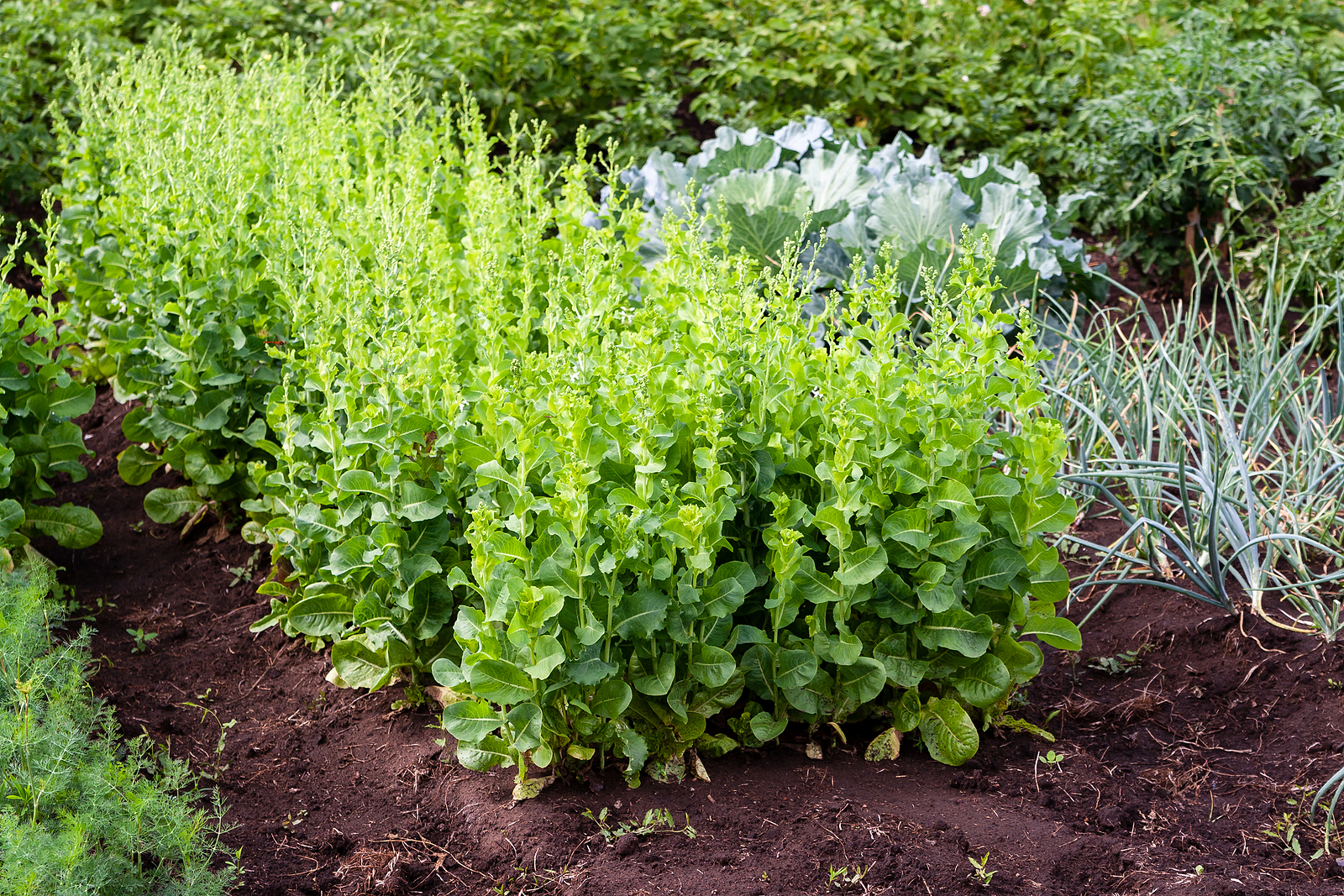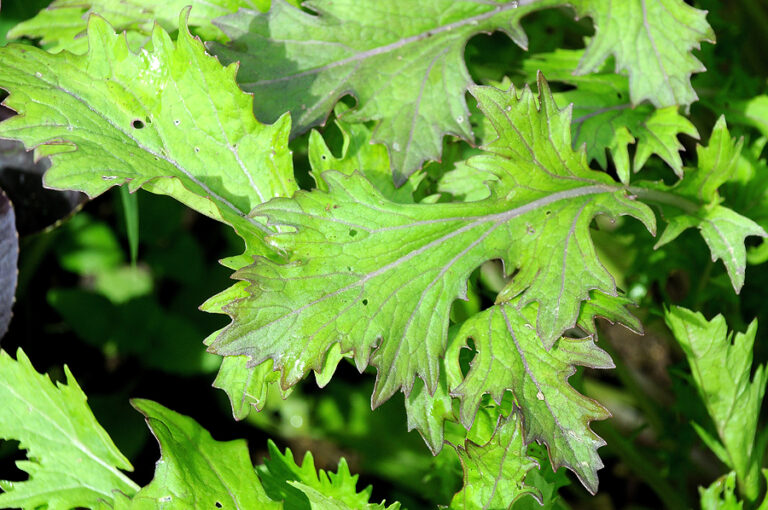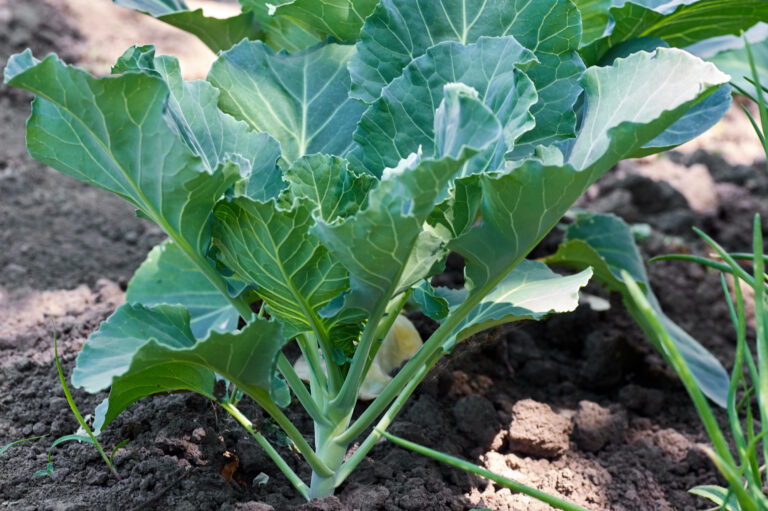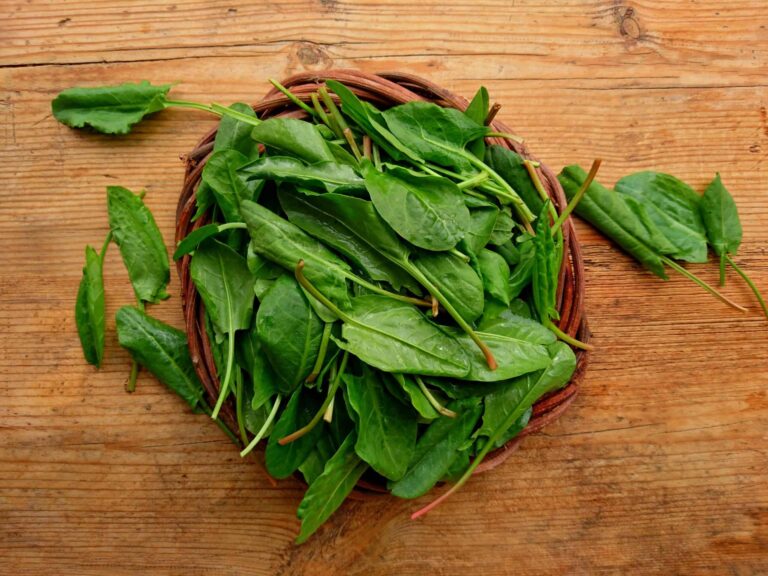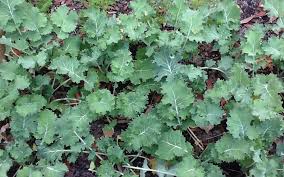Preventing Lettuce Bolting: How to Keep Lettuce From Going to Seed
Lettuce is a cool-season crop that thrives in spring and fall, but when the temperature climbs or days lengthen, lettuce can suddenly bolt—sending up a flower stalk and turning bitter almost overnight. As someone who has grown lettuce year-round in the fluctuating microclimate of Sonoma Valley, I’ve learned firsthand how to delay bolting and stretch harvests longer. In this guide, I’ll share what I’ve learned over decades of hands-on experience to help you keep your lettuce sweet and productive from seed to harvest.
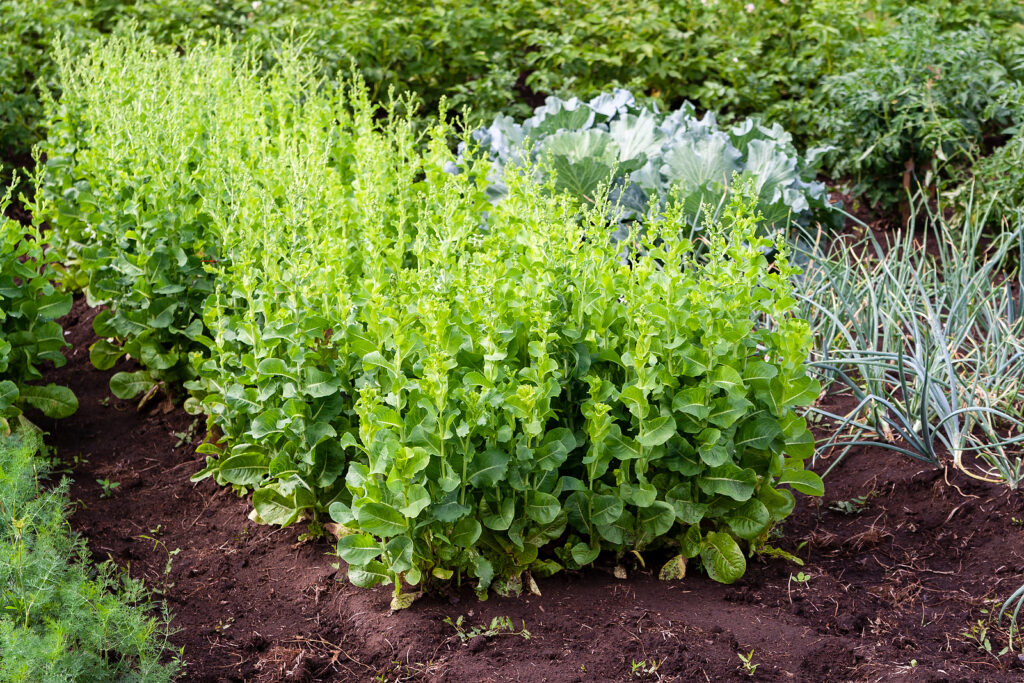
What Is Bolting?
Bolting is the natural process when a plant shifts from leaf production to flowering and seed setting. In lettuce, bolting typically results in tall, spindly plants, tough leaves, and a sharp, bitter taste. It’s often triggered by:
- Increasing day length (more than 12 hours)
- High soil or air temperatures (especially above 75°F)
- Plant stress, such as drought or nutrient deficiency
Choose Bolt-Resistant Varieties
One of the best ways to prevent bolting is to start with the right varieties. Over the years, I’ve found that these lettuce types hold up better in warm conditions:
- Butterhead: ‘Buttercrunch’ stays sweet even as temperatures rise.
- Romaine: ‘Parris Island Cos’ is both flavorful and slow to bolt.
- Leaf lettuce: ‘Red Sails’ and ‘Salad Bowl’ are reliable in heat.
Look for seed packets marked “bolt-resistant” or “slow to bolt.”
Plant at the Right Time
Timing is everything. Lettuce prefers daytime temps between 60–70°F. In my zone, I plant in early spring and again in late summer for fall crops. If summer heat is unavoidable, plant lettuce in partial shade or under shade cloth to shield it during the hottest part of the day.
Maintain Steady Moisture
Water stress is a key bolting trigger. Keep the soil evenly moist—never soggy or bone dry. I recommend watering deeply 2–3 times a week, depending on your soil type and weather. In raised beds, I often add a light mulch of straw or shredded leaves to retain soil moisture and reduce temperature swings.
Feed Lightly but Consistently
A steady supply of nitrogen encourages leafy growth. I side-dress my lettuce rows every 2–3 weeks with a balanced organic fertilizer (such as 5-5-5) or use diluted fish emulsion every 10 days during peak growth.
Harvest Often and Early
Frequent harvesting encourages plants to focus on leaf production rather than setting seed. I begin harvesting baby leaves as early as 3–4 weeks after planting and continue cutting outer leaves every few days. Once the center begins to elongate or the leaves get tough, it’s time to pull and replant.
Use Succession Planting
Because bolting is inevitable with heat, I stagger my plantings every 2–3 weeks. This ensures a continuous supply of young, tender lettuce while older plants are removed before they go to seed.
Final Thoughts
Bolting can feel like a race against time, but with the right strategies—bolt-resistant varieties, cool-season planting, consistent moisture, and regular harvests—you can keep your lettuce crisp and sweet longer into the season. My experience has taught me that listening to your garden’s cues and adjusting with the weather is key. Lettuce may be delicate, but it rewards attentive care with abundant harvests.
Let your lettuce thrive—not bolt!
Lettuce Growing Hub
Cluster Posts
🌱 Getting Started: Planting & Varieties
- Types of Lettuce: A Gardener’s Guide to 5 Main Types
- Lettuce Planting Calendar by Season and Region
- Lettuce Seed Starting Tips
- How to Start, Lettuce Indoors: Supplies, Timing, Tips
- How to Plant Lettuce Outdoors: Direct Sowing Tips
- Where to Grow Lettuce: Beds, Containers, Indoors & More
- Growing Lettuce in Containers
- Best Companion Plants for Lettuce: And What to Avoid
🥬 Seasonal Growing Guides
- How to Grow a Fall Lettuce Crop for Cool-Weather Harvests
- Heat-Tolerant and Bolt-Resistant Lettuce Varieties for Summer
- Best Lettuce Varieties for Winter and Cool Weather Growing
- Lettuce Care from Seed to Harvest: A Month-by-Month Guide
💧 Lettuce Care & Maintenance
- Watering Lettuce: How Much and How Often
- Feeding Lettuce: When and How to Fertilize
- Thinning and Spacing Lettuce for Optimal Growth
- Preventing Lettuce Bolting: How to Keep Lettuce From Going to Seed
🌿 Harvest & Beyond
⚠️ Troubleshooting & Special Topics

